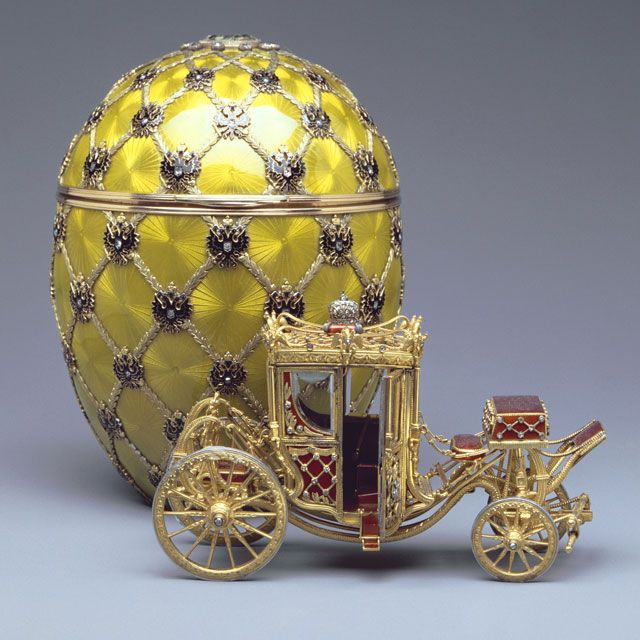
Jewellery has been a form of personal adornment for thousands of years, and the techniques used to create intricate and detailed pieces have evolved over time. In ancient times, jewellery was often made using simple tools and techniques, such as hammering and bending metal wire or carving beads from stone. However, as societies developed and became more sophisticated, so too did their jewellery-making techniques.
During the Renaissance period, jewellery became increasingly elaborate and detailed. Goldsmiths and other craftsmen developed new techniques for shaping and embellishing metals, such as filigree, engraving, and embossing. These techniques allowed them to create intricate designs and patterns, often incorporating precious stones and other materials.
One example of such detailed and intricate jewellery is the Fabergé egg, a series of jewelled eggs made by the House of Fabergé from 1885 to 1917 for the Russian Imperial family. These eggs were often made of precious metals and gems and were decorated with intricate enamel designs and miniature sculptures.
However, with the rise of mass production and the use of cheaper materials, such as plastic and synthetic gems, the art of detailed and intricate jewellery-making has become less common. Many traditional jewellery-making techniques have been lost over time, and it has become increasingly difficult to find skilled craftsmen who can create intricate and detailed pieces by hand.
Furthermore, the demand for faster and cheaper production methods has led to the rise of machine-made jewellery, which can produce pieces quickly and at a lower cost. While this has made jewellery more accessible to a wider range of people, it has also led to a loss of the unique and intricate designs that were once the hallmark of high-quality jewellery.
Despite these challenges, there are still jewellery makers who are dedicated to preserving the traditional techniques of detailed and intricate jewellery-making. These craftsmen often use the same tools and techniques that were used centuries ago, creating pieces that are not only beautiful but also a testament to the skill and dedication of the artist.
In conclusion, the art of jewellery-making has evolved over time, with the techniques used to create intricate and detailed pieces becoming increasingly sophisticated. However, with the rise of mass production and cheaper materials, the demand for traditional jewellery-making techniques has declined, leading to a loss of skills and knowledge. Nevertheless, there are still those who continue to create stunning pieces of jewellery using traditional techniques, keeping the art of detailed and intricate jewellery-making alive.

